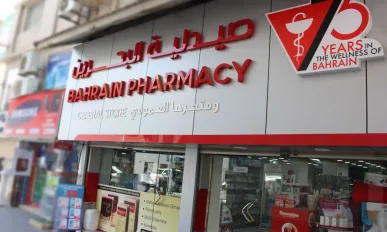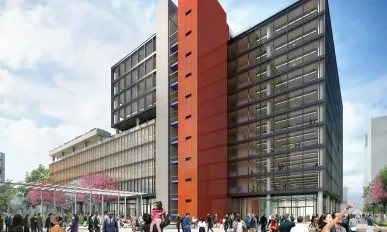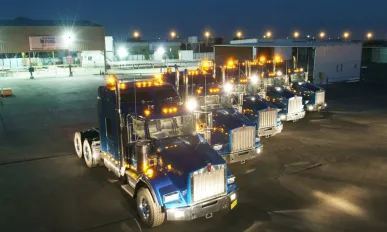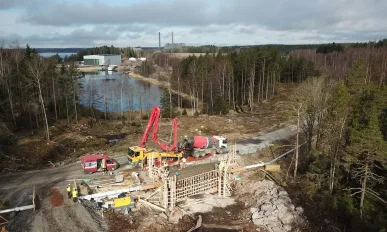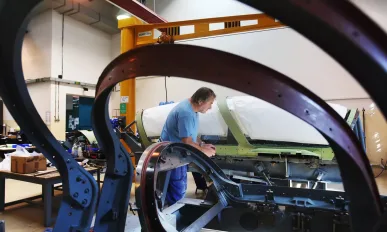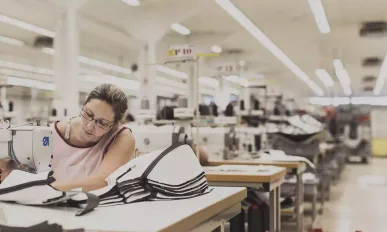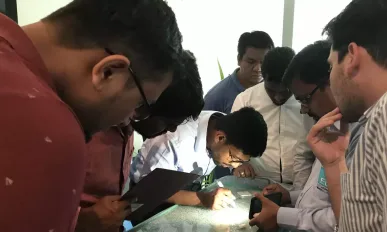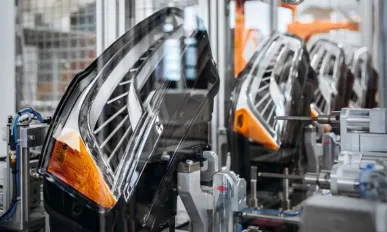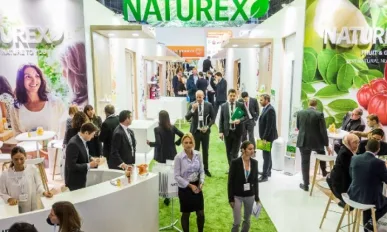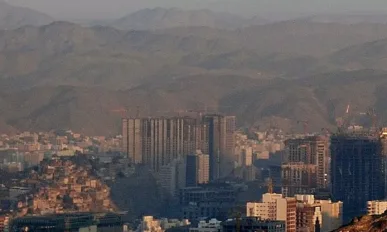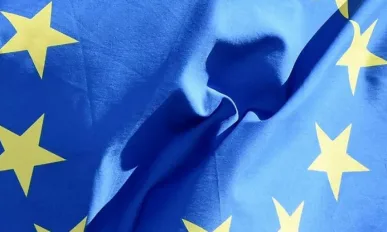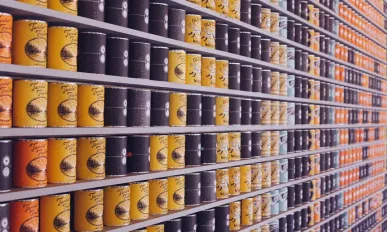Issue 26
American Mission Hospital : A Healthcare Centurion
American Mission Hospital has been providing medical services for Bahrainis since the turn of the 20th century, all the while operating as a non-profit organisation.
Bahrain Pharmacy : Bahrain’s Medical Guardian
Bahrain Pharmacy has diversified into a key national healthcare provider and supplier, working with some of the world’s most renowned brands to deliver services for local communities.
Future-Tech : Leading the Data Centre Revolution
James Wilman, CEO of Future-Tech, reveals how the Company’s innovative ethos is fuelling technological progression.
Meinhardt Façade Technology
Paul Grove of Meinhardt Façade Technology explains how the Company is leveraging innovative techniques and an adaptive culture to produce unrivalled results.
SPETCO : Pursuing an Upward Trajectory
A year on from our last conversation, we discuss the Kuwaiti oil & gas giant’s plans to broaden its horizons in 2018 and beyond.
Baltic Connector Oy : Integrating Finland
Herkko Plit, CEO and President of Baltic Connector OY, reveals how one of the EU’s flagship energy projects is set to change the regional status quo.
Aero Vodochody : Soaring for a Century
As Aero Vodochody prepares for its 100th anniversary celebrations, the Company is commemorating its heritage and prestige via a host of new products and innovative upgrades.
Coindu Romania : Driving Europe Forward
Andrei Sardi, CEO of global seat cover specialist Coindu Romania, explains the company's history of exemplifying specialised automotive manufacturing.
Emirates Glass : Investing in Innovation
The past year has seen Emirates Glass pour considerable resources into its research and development operations. We caught up with Executive President Mr. Rizwanulla Khan to find out more.
HELLA AUTOTECHNIK NOVA s.r.o
Vehicle headlamp and rear lamp producer HELLA AUTOTECHNIK NOVA s.r.o is more than keeping up with the wider industry, growing markedly stronger than Europe's automotive market.
Toyoda Gosei Czech Republic
Driven by its people, plants and products, Toyoda Gosei Czech continues to take the automotive manufacturing market by storm.
Hi Europe : An Inspirational Business Platform for Food Retailers
As part of Hi Europe & Ni, taking place in Frankfurt, Germany (27–29 November), the new Healthy Finished Products Expo provides a novel platform for innovative new end products from all over the world that have already made their way into the retail sector.
The Export Opportunities in Saudi Arabia
Simon Penny, His Majesty’s Trade Commissioner for the Middle East, Afghanistan and Pakistan at the Department for International Trade, talks to us about growing export opportunities in Saudi Arabia.
AGIS : Supplying a Resurgent GCC Construction Industry
If AGIS is to continue supplying the demand generated by the GCC’s expanding construction industry, further efficiencies and innovation will be crucial.
The Southern Gas Corridor : Solving Europe’s Energy Dilemma
The Southern Gas Corridor (SGC) is one of the most substantial oil & gas projects that has ever been seen.
Hi Europe & Ni 2018 : Food Safety in Focus
Numerous exhibitors will demonstrate the industry’s innovative power in the new Expo FoodTec pavilion for Hi Europe & Ni 2018.




